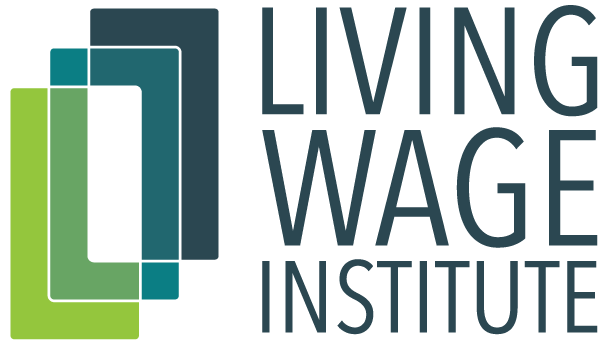



For further information, please visit the FAQs and Methodology pages or submit a question or request through the Contact page.
© 2024 Dr. Amy K. Glasmeier and the Massachusetts Institute of Technology
SIGN INIncreasing recognition that achieving health equity is critical to delivering on the full promise of healthcare's Triple Aim has led many health systems to reimagine their contributions to improving health and well-being through their policies and practices as employers, investors and purchasers.
One such group of U.S. healthcare leaders, members of the Institute for Healthcare Improvement's Leadership Alliance, has articulated a set of actions with the potential to advance equity within health systems and communities. One of those actions, a commitment to creating a more diverse, inclusive and equitable workforce, led members to conduct an assessment of recruitment, retention and career-development practices at their own organizations. It yielded several insights, principal among them: the large number of employees still earning below the minimum living wage.
Poverty is a common thread among many of the social determinants of health. A 2016 study estimated life expectancy differences to be 15 years for men and 10 years for women between the top 1% and lowest 1% of income earners. While the federal minimum wage has not changed from $7.25 per hour since 2009, several states have enacted legislation resulting in an increase in their minimum wage above the federal standard. This standard is primarily derived from using poverty thresholds that do not account for expenses beyond a basic food budget. The minimum living wage, by distinction, takes into account a broader set of basic needs based on geographic location, while including housing, transportation, and health insurance.
In 2018, the Arkansas state minimum wage was $8.50 per hour. However, the living wage in Pulaski County, where the University of Arkansas for Medical Sciences resides, is $14.50 an hour per wage earner for a family of four with two adult wage earners. Nearly 15% of UAMS full-time employees (1,538 individuals) earned less than the local living wage. These employees included those working in food services, environmental services, medical records and as patient care and laboratory technicians. UAMS resolved to correct this gap by creating institutional will, building a sustainable financial model, and securing approval from the Arkansas Department of Higher Education, which determines wages for these lower-paid employees.
Building institutional will required securing a commitment from the UAMS senior leadership, including the chancellor, the chief human resources officer and the chief financial officer. The moral obligation to provide the means to avoid poverty merged with the pragmatic need to have a competitive wage structure to address high employee turnover rates. Pegging minimum pay to the local living wage addressed both issues, so an annual assessment to ensure a current living wage as the basis for the minimum pay for UAMS employees was included in the organization's new strategic plan.
The financial case came from the consideration of two realities: competition from other local employers and the cost of high turnover rates (as high as 50%). A primary driver of the latter was that many local employers paid more for the same skills than UAMS. With unemployment in Arkansas at 3.5%, finding and retaining employees at this lower end of the pay scale was challenging. Turnover cost calculations (25%-50% of annual wages) suggested that reducing turnover by 50% would largely fund the incremental increase in pay to the local living wage.
The Arkansas Department of Higher Education approved UAMS' request to implement an increase in minimum pay to the local living wage. The cost of doing so for those 1,538 full-time employees will increase the $1.04 billion labor budget by $7 million in 2020. Employees, including highly paid physicians, cheered when the chancellor of UAMS announced the decision. Joy was evident among the employees who would benefit from the increase, many of whom will see their pay rise 30%-40%.
Most telling has been expressions of inclusion and value by UAMS' lowest-paid employees. One such employee exclaimed, "I can quit my other two jobs and work only here." Another 21-year food service employee told her supervisor, "Now I feel I really belong here."
While little information exists on how other healthcare organizations are addressing inequities for their lowest-paid employees, several have committed to ensuring at least the minimum living wage. These leaders recognize both their social and financial responsibilities to reduce health inequities in the communities in which they and their patients reside. And although a living wage is just one facet of creating a diverse, inclusive and equitable workforce, it is unlikely that healthcare leaders can credibly seek the support of their staff to achieve health equity without successfully addressing the poverty of those who work to care for all of us.